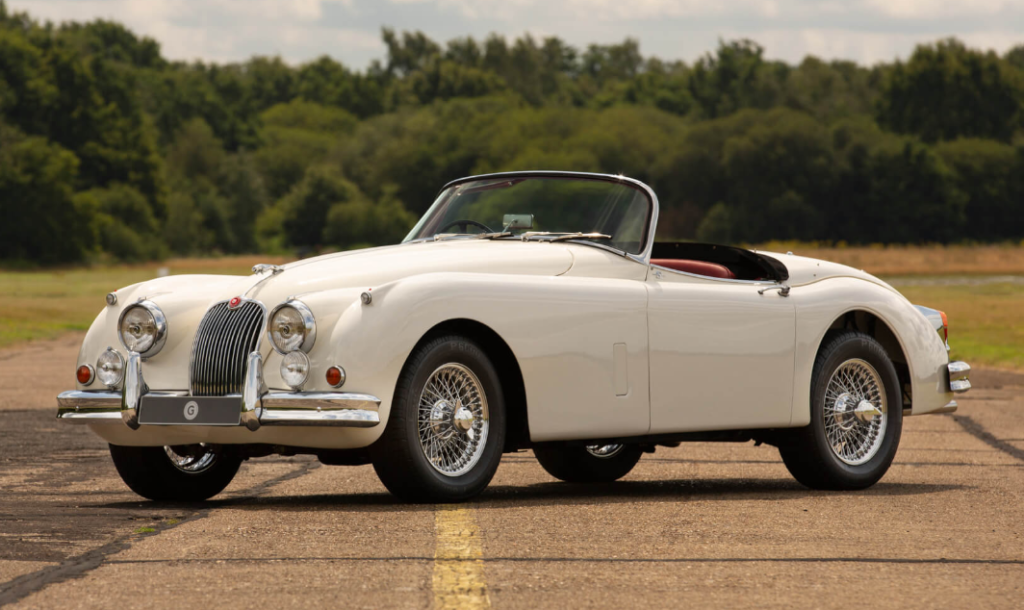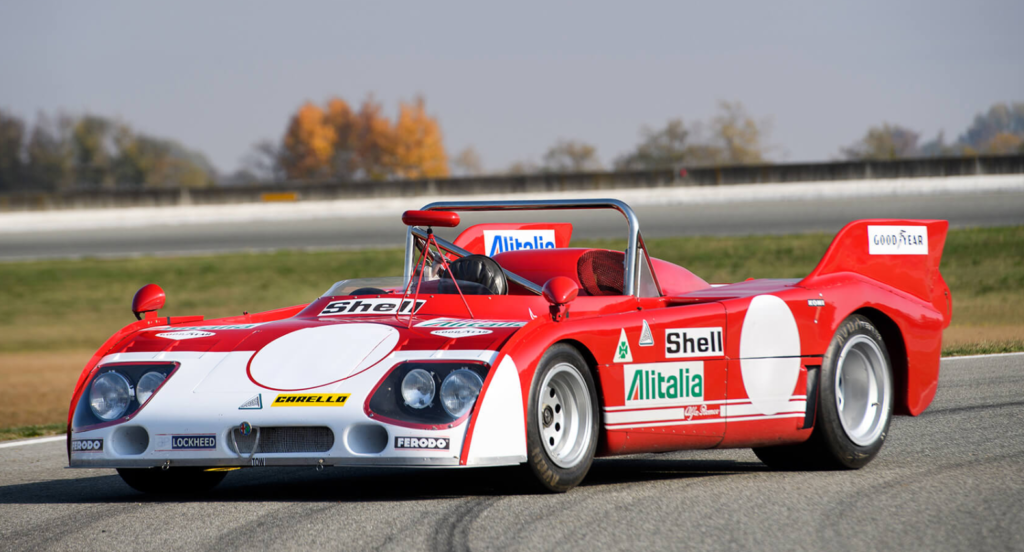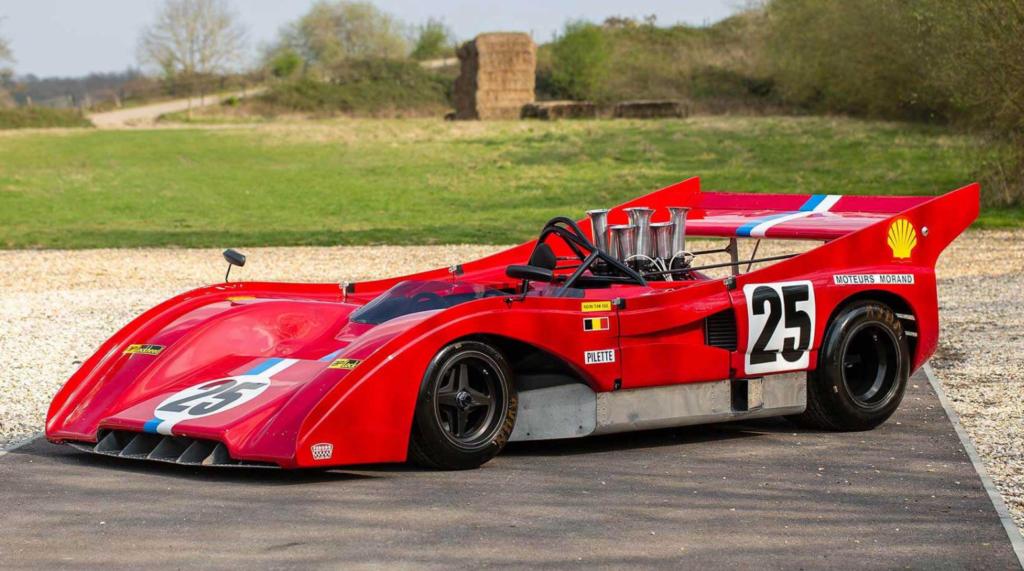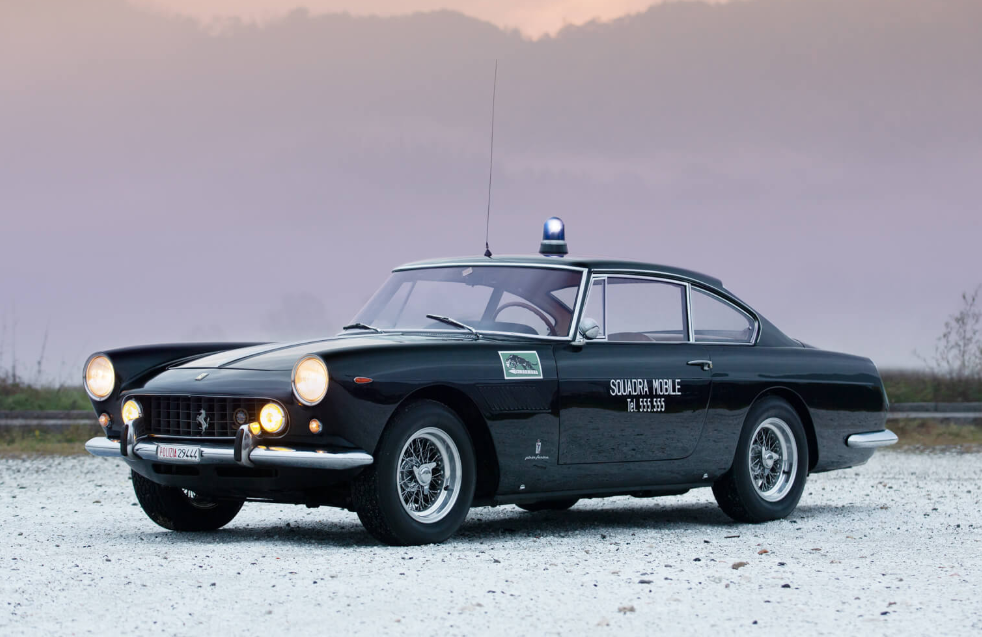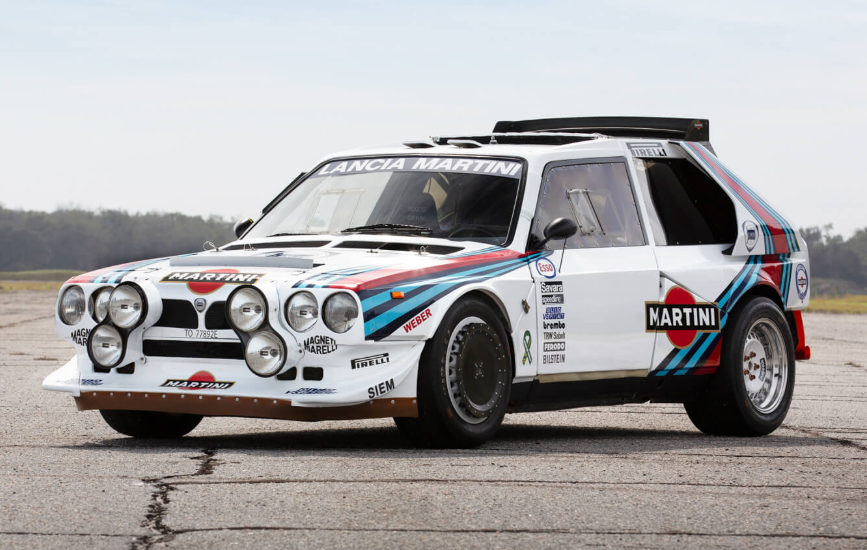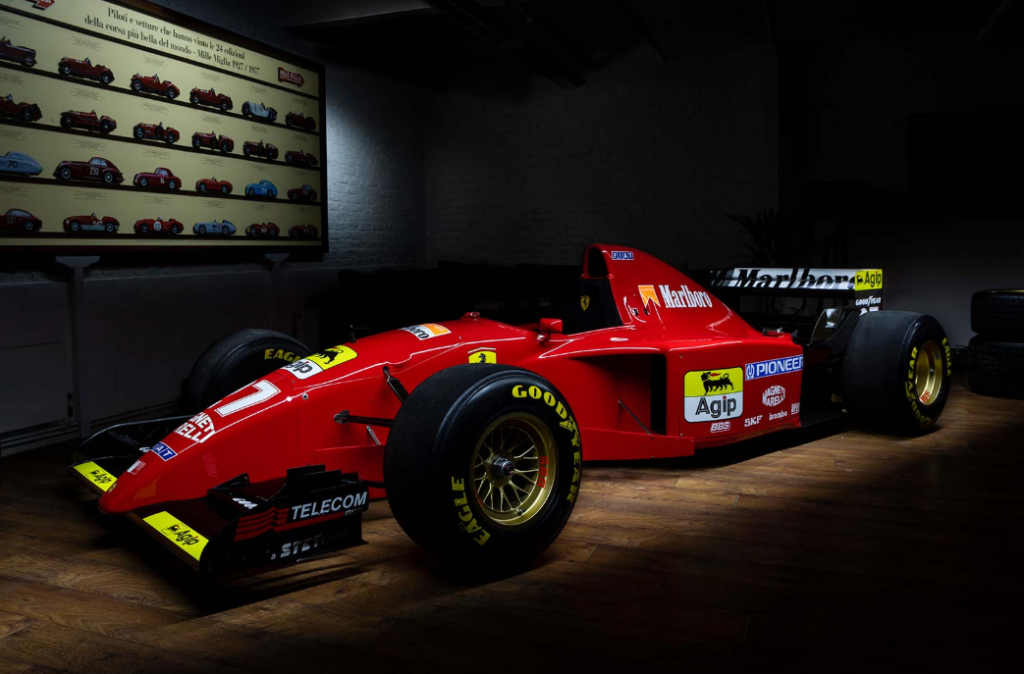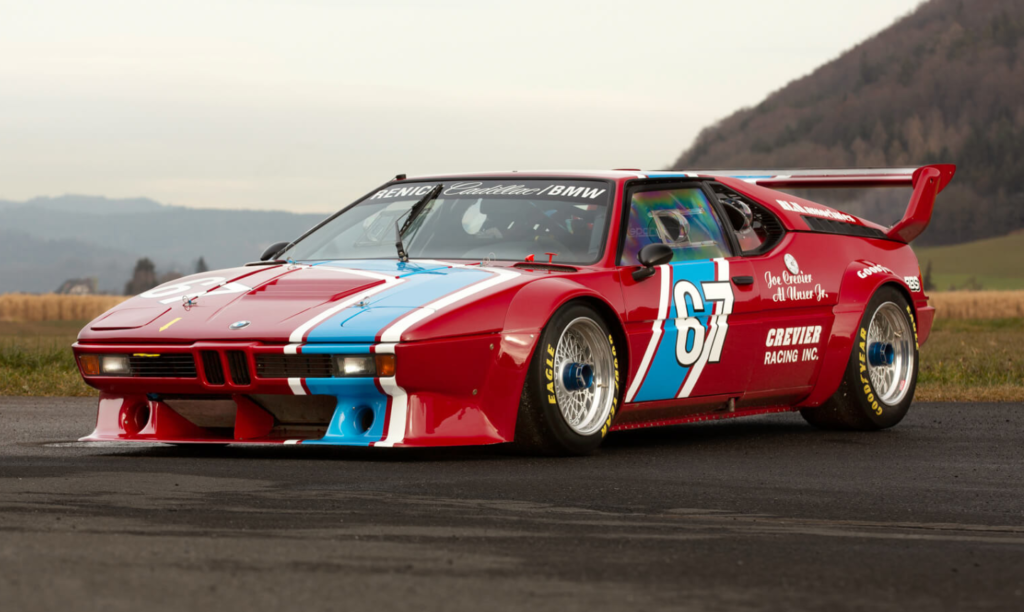1976 Lola T296
For Sale by Girardo & Co.

Eric Broadley’s Lola Cars was a long-time race car manufacturer based out of the U.K. They built open-wheel and sports cars between 1958 and 2012. In the 1970s, one of their big focuses was prototype sports cars, which included fantastic-looking racers like this one.
The T290 series was introduced in 1972 and was produced for a few years in six different variants. In all, 108 examples of the series were built, including this T296, which was made for the 1976 season. It features an aluminum monocoque and was built to accept four-cylinder engines.
This was the first of eight T296 examples produced and was purchased new by Mader Racing Components. It’s competition history includes:
- 1977 24 Hours of Le Mans – 52nd, DNF (with Georges Morand, Christian Blanc, and Frederic Alliot)
- 1978 24 Hours of Le Mans – 40th, DNF (with Morand, Blanc, and Eric Vaugnat)
- 1979 24 Hours of Le Mans – 48th, DNF (with Vaugnat, Daniel Laurent, and Jacques Boillat)
It’s competitive career ended after the 1980 season, but before the decade was out, the car was active again on the historic circuit. It featured a Ford-Cosworth engine in-period, but is now powered by a turbocharged 2.0-liter BMW M12 inline-four. This car a green card into almost any historic automotive event, and it can now be yours. Click here for more info.

